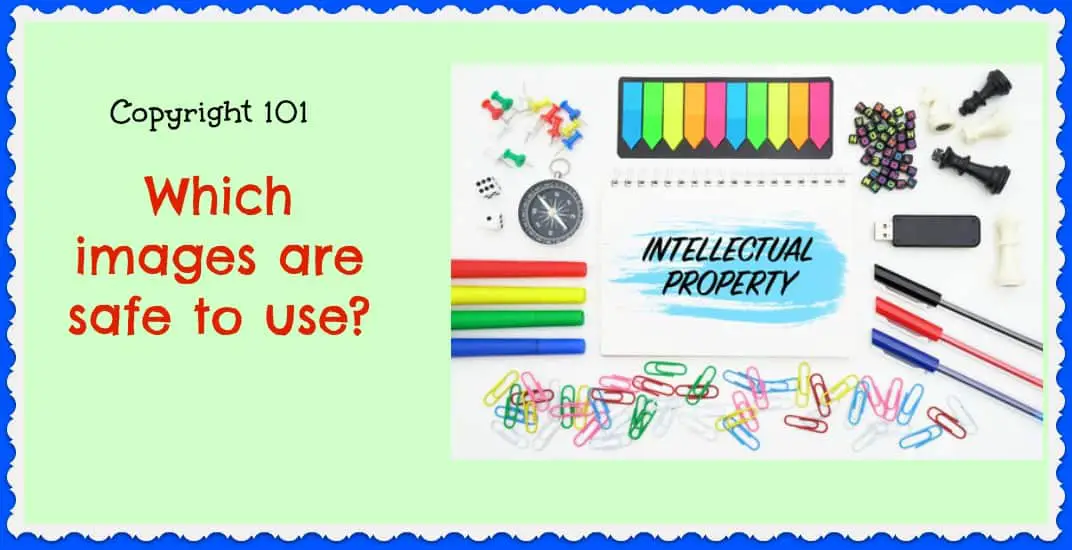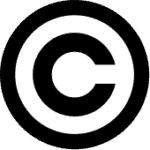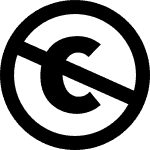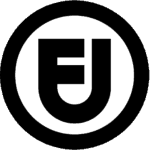During all the holiday madness I made a video (hence the tired voice) but never wrote an email to tell you about it.
It’s a less-than-6-minute video that goes over:
- What images are safe to use for your products, blog posts, or anything you use commercially?
- Can you really use any Creative Commons images for anything you want?
- What is the Fair Use act and how does it apply to selling products?
Check out the video below or view the cleaned up transcript underneath it:
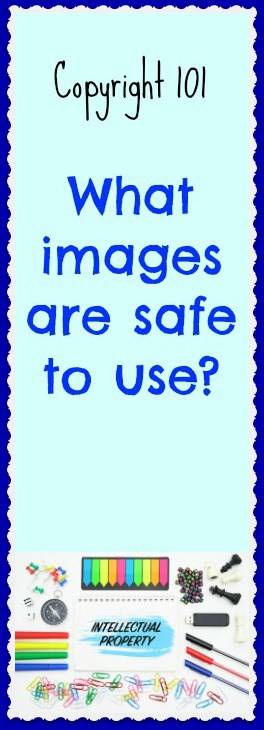 Hey, this is Rachel Rofe, and this video is a short video on copyright infringement. A lot of people ask me about which images you can and can not share and I wanted to make this clarification video.
Hey, this is Rachel Rofe, and this video is a short video on copyright infringement. A lot of people ask me about which images you can and can not share and I wanted to make this clarification video.
It’s not really my normal style, in terms of what the video looks like because my incredible assistant created this. She created the slides and made an outline that I’m going to work off of.
My hope is this will give you some great insight onto what you can and can not use on your mugs, t-shirts, products, and blog content.
Let’s dig in.
Copyright Infringement
First, what is copyright infringement? Well, it shows up in a few ways.
One instance is when someone other than the person who possesses the copyright copies the expression of a work, whether it’s a photo, video, song, or something else, without the consent of the person who owns the actual copyright.
To clarify, this could be either when somebody directly copies something, or it could be something that is highly similar to works created by a copyright holder.
People who own copyright, by the way, happen to own it automatically. It’s not something where you need to fill out paperwork or apply for anything like you do with patents and trademarks. It’s automatic.
If you do post copyrighted material, the penalty can be having your content removed, which would be on the lighter side, having your website shut down, or even receiving a lawsuit.
Fair Use
That said, there is something called fair use, which says that works can be used without the copyright holder’s permission for limited and reasonable purposes, as long as they don’t violate the copyright holder’s right.
An example of something you could do within Fair Use would be writing a book review on your website and including an image of the book that you didn’t personally take.
It could also be something where you have criticism of something, or a commentary, or news reporting, teaching, scholarship, research, things like that.
What’s a violation?
Using other people’s images to put on things that you sell is definitely a copyright violation.
You are financially liable, of course, for posting copyrighted materials.
Even if you have a disclaimer on your site, by the way, you have to credit the copyright holder or you have to immediately take the content down.
Which images can you use?
There’s a couple. You really need to know your labels in order to be able to use copyright images the right way.
If you see something like this, the single C, this means that the copyright holder reserves all rights. You can’t use the image unless it’s considered fair use, which means most of the time you won’t be able to use those images.
This, the CC, stands for Creative Commons, and it means creators can stipulate which rights they continue to hold and which ones they want to waive in order for other people to use their materials.
You can use an image with this label only in certain circumstances.
Also be aware, by the way, that these stipulations can change at any time. Really, you’re going to have to research if you see the CC, to figure out if you’re able to use this or not.
It’s a little bit trickier, because those rights can change at any time.
If you see images like this, with a C or a zero with a strike through, that means the work is in public domain.
The creator has waived all of their rights, so this is 100% good to use all the time. You can use it in any way that you want, even if it’s for a moneymaking purpose.
This is definitely your simplest route.
This symbol over here is a fair use symbol. This means an image can be used on a case by case basis, provided it meets the criteria of fair use, which includes specific things pertaining to the purposes of the images used. It might be that there are specifics for the image, or the nature of the type of the image, the amount of the image used, the market effect of using the image. Perhaps you can use it a little bit, but you have to make sure that you meet the certain criteria. This, again, is a little bit tricky.
Public domain is certainly the easiest.
If you’re going to use an image…
Your safest bet is to copy both the image’s URL and the name of the person who created the image.
You also may want to contact the image’s creator, tell him or her how you intend to use the image, and then if you can get permission from them, attribute it to them.
To attribute, add the image’s attribution to both its alt and title tags, and name the person who created the image along with their image stream, if applicable, in a caption.
Edit: when it comes to attribution, it’s also a good practice to list the title of the image (if the author has specified an original one) and the license it’s under…e.g. CC.
If you want to do this the 100% correct, legal way, there is a bit of work to it, but you also get to use some pretty cool pictures.
Wrapping up
I do have other videos, by the way, and blog posts, which I’ll link to underneath this, and the blog post on different places you can get free images that are significantly easier. But for now, this is how you can use them if you have your heart set on a specific copyright image.
Definitely make sure you treat, by the way, infographics and slideshares the same as images. It’s the same thing. Even if you’re not making money from those things directly, you still need to have the same exact treatment of them. That means you have to include a link back to the original source, as well as the creator’s name. Try not to compromise the image’s quality when you’re republishing. Use an embed code whenever you can, not 100%, but whenever you can. For the times that you can’t, leave instructions that say click to enlarge so that people can get the entire picture.
— Disclaimer: This advice is general in nature and not to be taken as personal professional advice. I am not a lawyer. —
You might also like…
Here’s where you can find awesome royalty-free images for commercial use: Blog post
Low Hanging System: Use images (or just text) to put on products and make passive income

